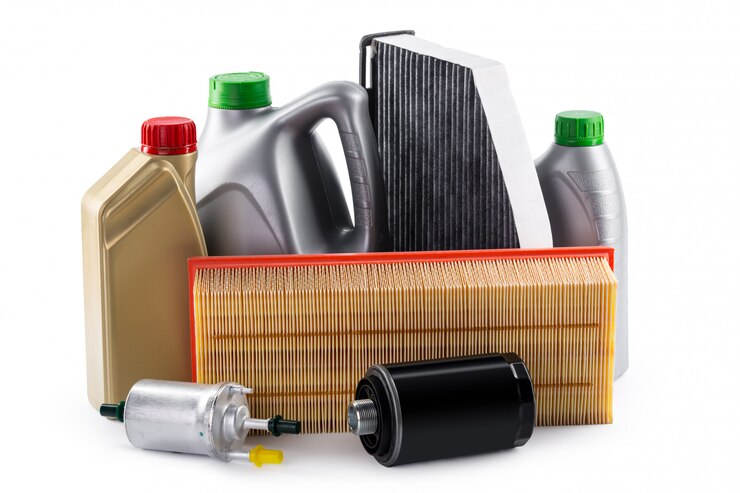Best Practices for Using Adhesives and Lubricants in Home Repairs

Home repairs often call for quick, efficient solutions to keep things running smoothly. Adhesives and lubricants are among the most versatile tools in your DIY arsenal. Whether you’re fixing a broken chair, sealing a leaky pipe, or reducing squeaky hinges, these products can save time, money, and effort. To get the best results, it’s crucial to use them properly. Here are the best practices for using adhesives and lubricants in your home repair projects.
1. Choose the Right Product for the Job
Adhesives and lubricants come in a variety of formulations tailored to specific tasks:
- Adhesives: Choose from options like epoxy, cyanoacrylate (super glue), polyurethane, or construction adhesives depending on the materials you’re bonding (wood, metal, plastic, etc.).
- Lubricants: Select silicone spray, grease, or penetrating oil based on the surface and desired effect. For instance, silicone spray works best for non-metal materials, while grease is ideal for high-friction components.
2. Clean and Prepare the Surface
Before applying adhesives or lubricants, clean the surface thoroughly. Dirt, grease, and debris can hinder their effectiveness. Use:
- A degreaser or isopropyl alcohol for adhesive applications.
- A cloth to wipe off dust and moisture for lubricants.
Proper preparation ensures stronger bonds and better lubrication performance.
3. Follow the Manufacturer’s Instructions
Always read the product label carefully. Each adhesive and lubricant has specific application instructions, drying or curing times, and safety precautions. Skipping this step can lead to poor results or even damage to the materials.
4. Use the Right Amount
Applying too much adhesive or lubricant can cause issues:
- For adhesives, excess material can seep out and weaken the bond or cause unsightly messes.
- For lubricants, overapplication may attract dirt and grime, leading to clogged mechanisms.
Apply sparingly and spread evenly for optimal results.
5. Consider Safety Precautions
Many adhesives and lubricants contain chemicals that can be harmful if mishandled. Follow these safety tips:
- Work in a well-ventilated area.
- Wear gloves to protect your skin.
- Avoid inhaling fumes or coming into direct contact with the product.
6. Allow Proper Drying or Curing Time
For adhesives, curing times can vary from a few minutes to several hours. Rushing the process can weaken the bond and cause repairs to fail. Similarly, lubricants may need time to penetrate the surface fully for maximum effectiveness.
7. Test on a Small Area First
If you’re unsure about how a product will react with the material, test it on an inconspicuous spot. This is especially important when using adhesives on delicate materials or lubricants on surfaces prone to discoloration.
8. Store Products Correctly
Adhesives and lubricants should be stored in cool, dry places away from direct sunlight or heat. Ensure lids and caps are tightly sealed to prevent drying or evaporation. Proper storage prolongs their shelf life and ensures they’re ready when needed.
9. Avoid Mixing Products
Using multiple adhesives or lubricants simultaneously can reduce their effectiveness or cause adverse chemical reactions. Stick to one product per application for best results.
10. Maintain Your Tools and Equipment
After using adhesives or lubricants, clean your tools and equipment immediately. Dried adhesive on applicators or clogged lubricant nozzles can make future projects more difficult.
Conclusion
Adhesives and lubricants are essential for many home repair projects. By following these best practices, you’ll not only achieve professional-quality results but also extend the life of your tools, appliances, and fixtures. Whether you're tackling small repairs or more extensive DIY tasks, the right techniques and a bit of care can make all the difference.
Note: IndiBlogHub features both user-submitted and editorial content. We do not verify third-party contributions. Read our Disclaimer and Privacy Policyfor details.







